The Value
Heritage is much more than history
It's a legacy of values that are passed along from one generation of Prevost people to the next; from our birthplace in Sainte Claire, Quebec, to every facility we operate; and to each of our converter partners. Our values are simple: an uncompromising commitment to quality, a drive for constant innovation and improvement, and dedication to safety and sustainability in every aspect of our business. Our heritage is crafting the finest motorhomes in the world for those who appreciate the value of a solid foundation.
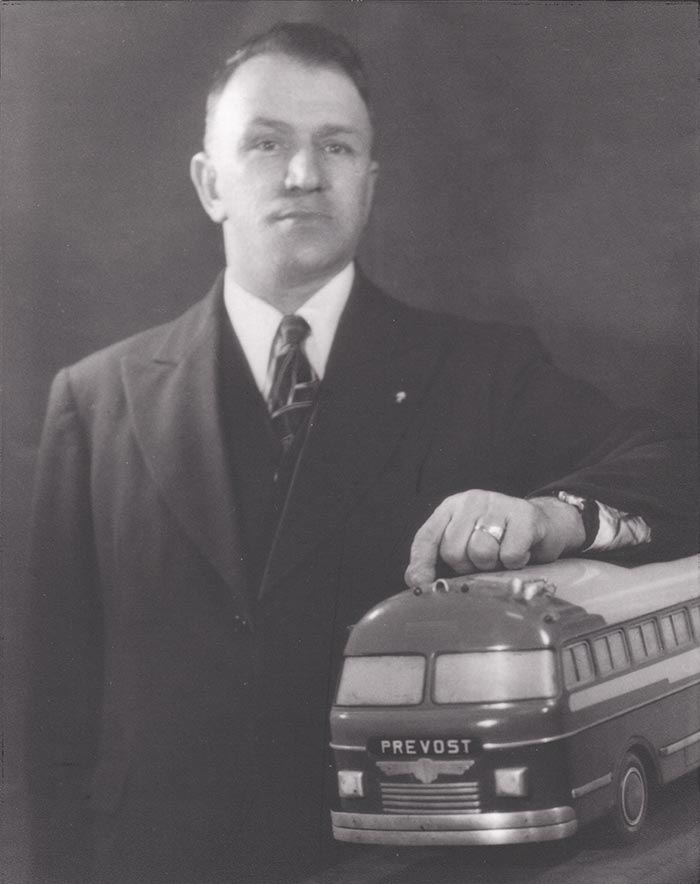
History Highlights
Prevost takes great pride in its history and industry innovations. They include:
-
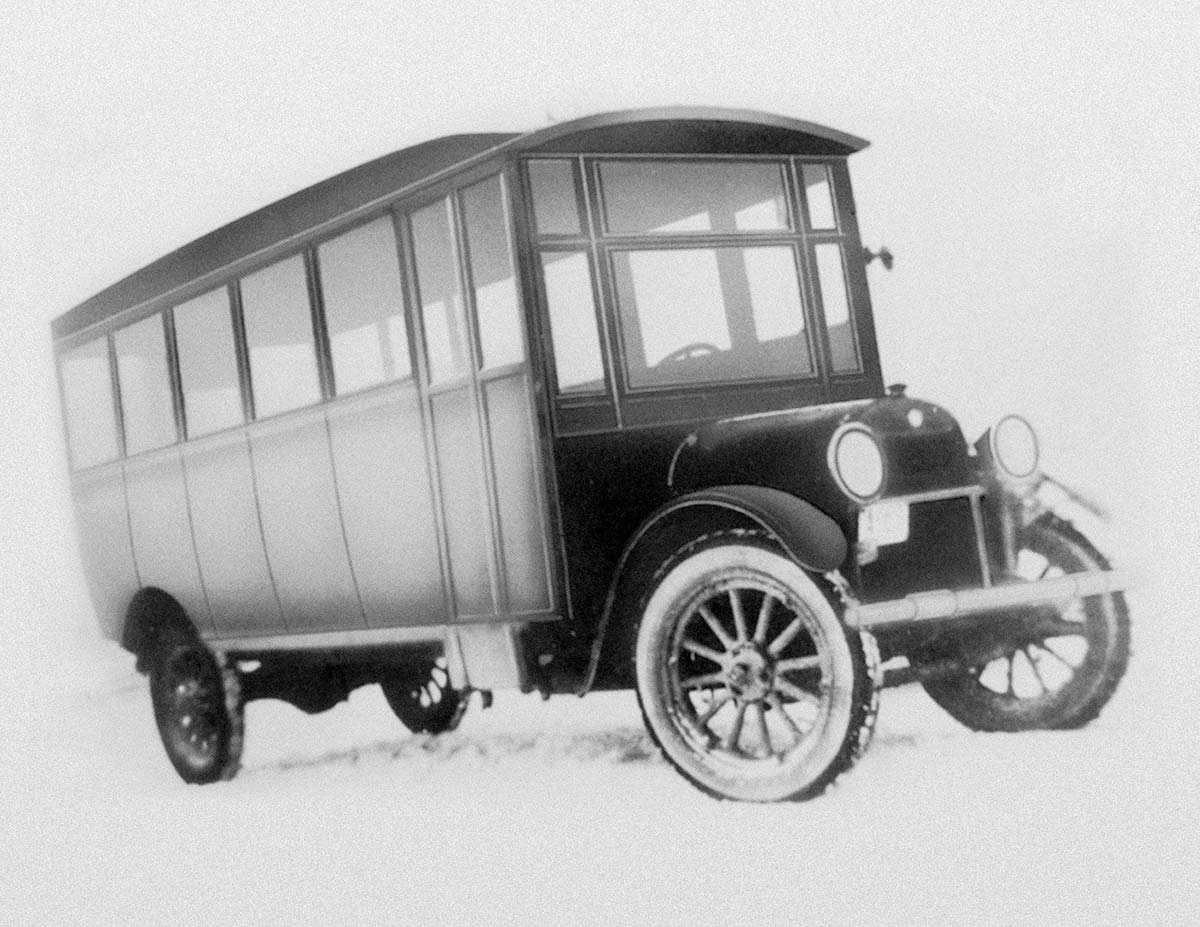 1924
1924Eugene Prevost, a carpenter, was commissioned to build his first wooden coach body and mount it on a brand-new REO truck chassis.
-
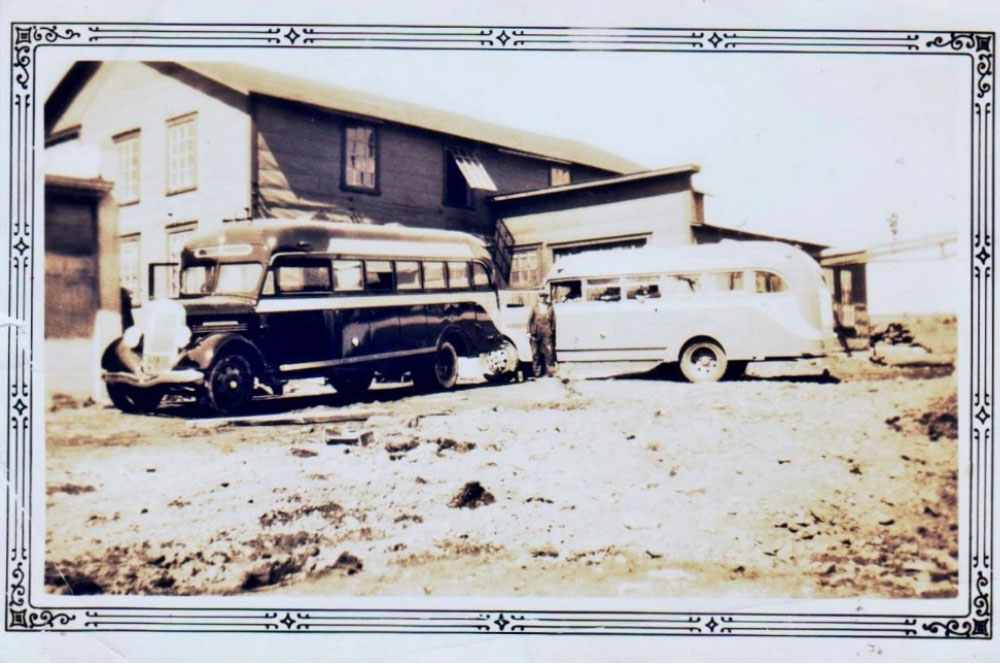 1937
1937From 1937 to 1939, in response to growing demand, the company built its first bus manufacturing facility.
-
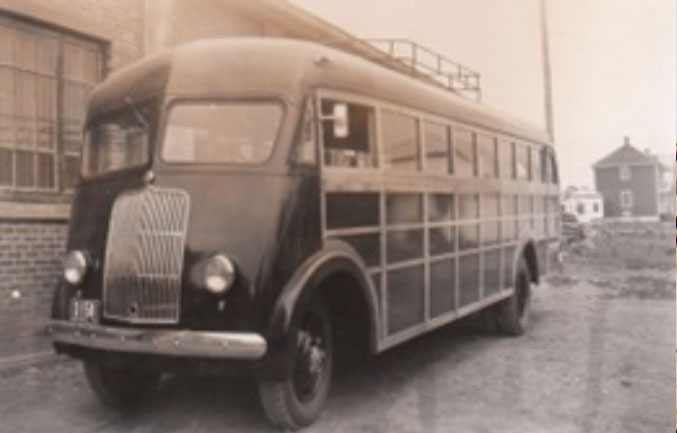 1943
1943Prevost obtained its first big contract from the Defense Ministry of Canada to build buses for soldiers and workers for war plants.
-
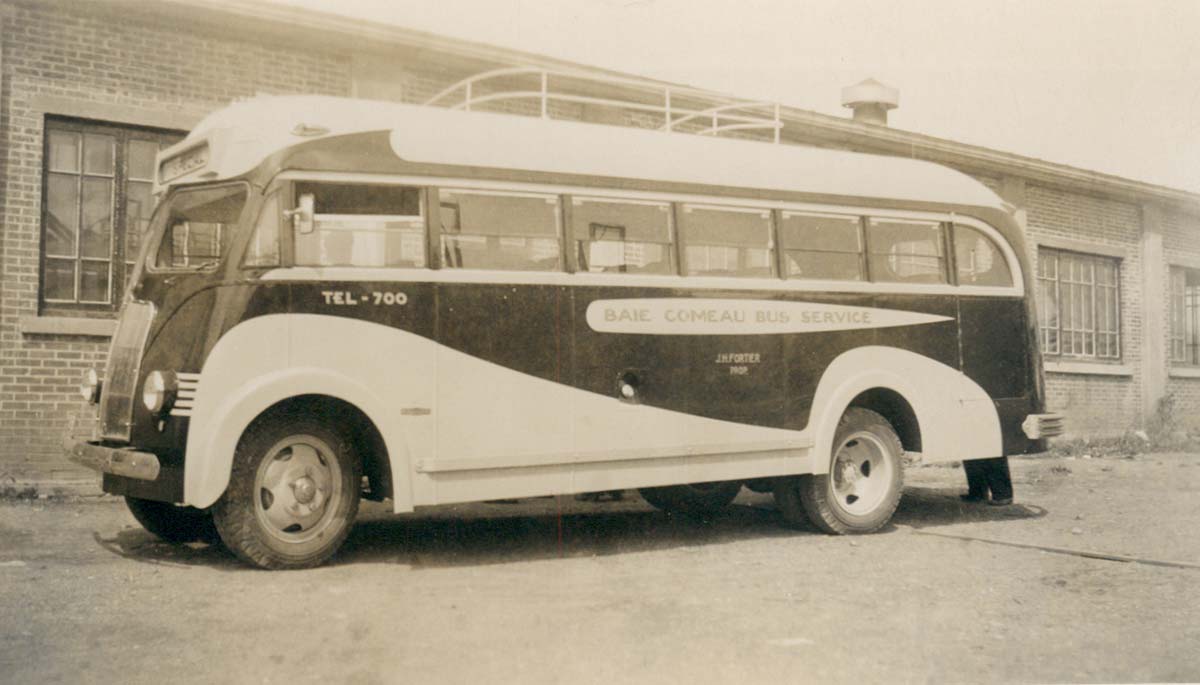 1945
1945During the 1940s, the Prevost bus design changed from an all-wood body and frame to a metal body over a wooden frame. Then, in 1945, Eugene Prevost introduced the first all-metal body over an all-metal skeleton.
-
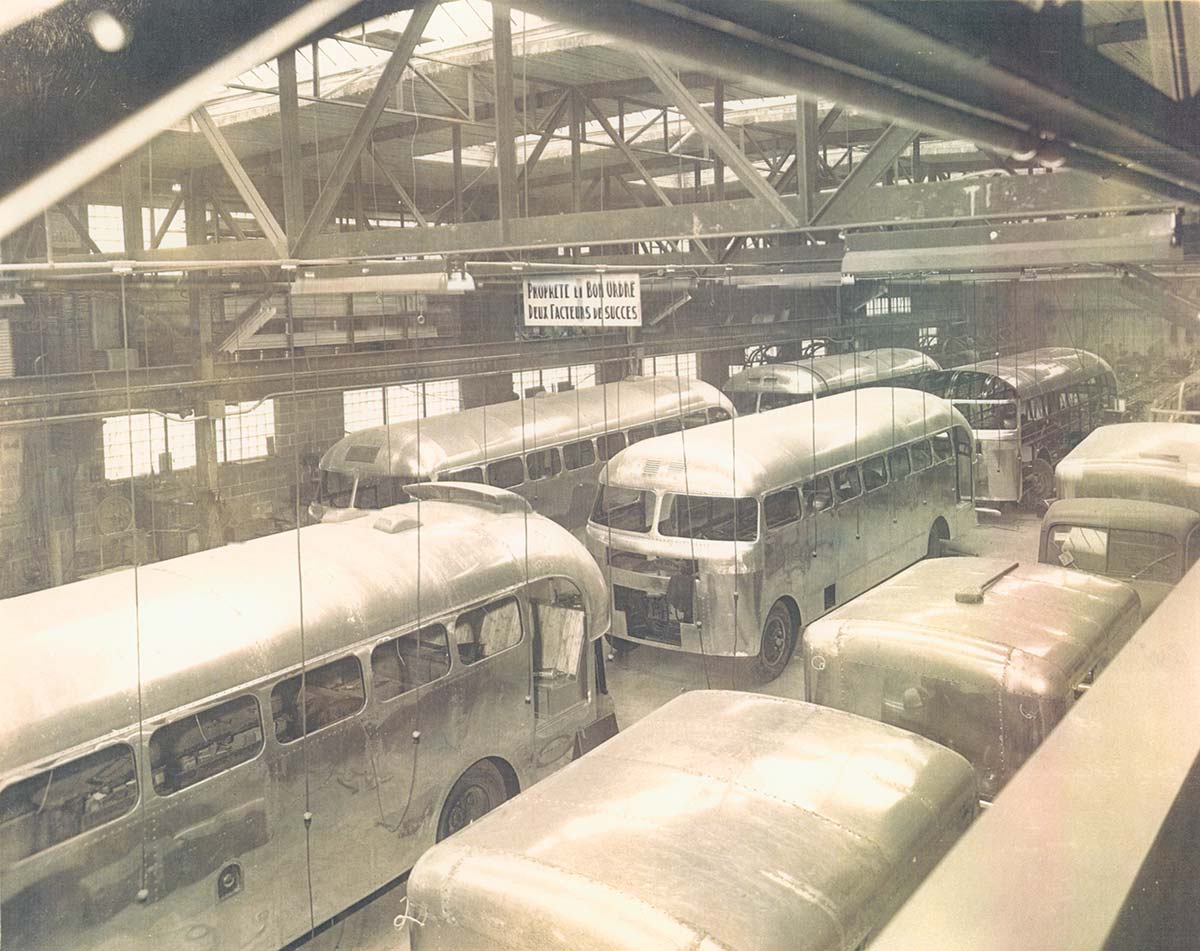 1948
1948Prevost opts for a production in series, picture of the plant in 1948
-
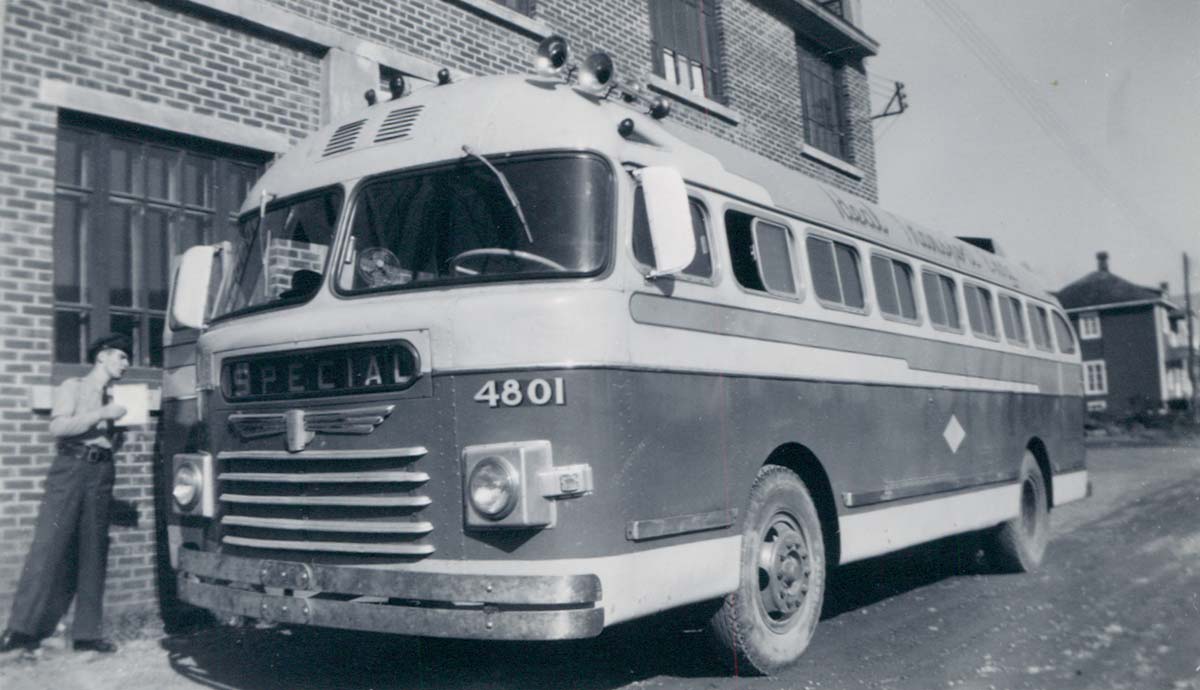 1948
1948The company resumed operations under the name Les Ateliers Prevost, and the plant had grown to 22,000 square feet. To handle customized work, the company's manufacturing facilities needed to be almost self-contained, with metal and woodworking shops, die-casting and plating facilities, and a foundry.
-
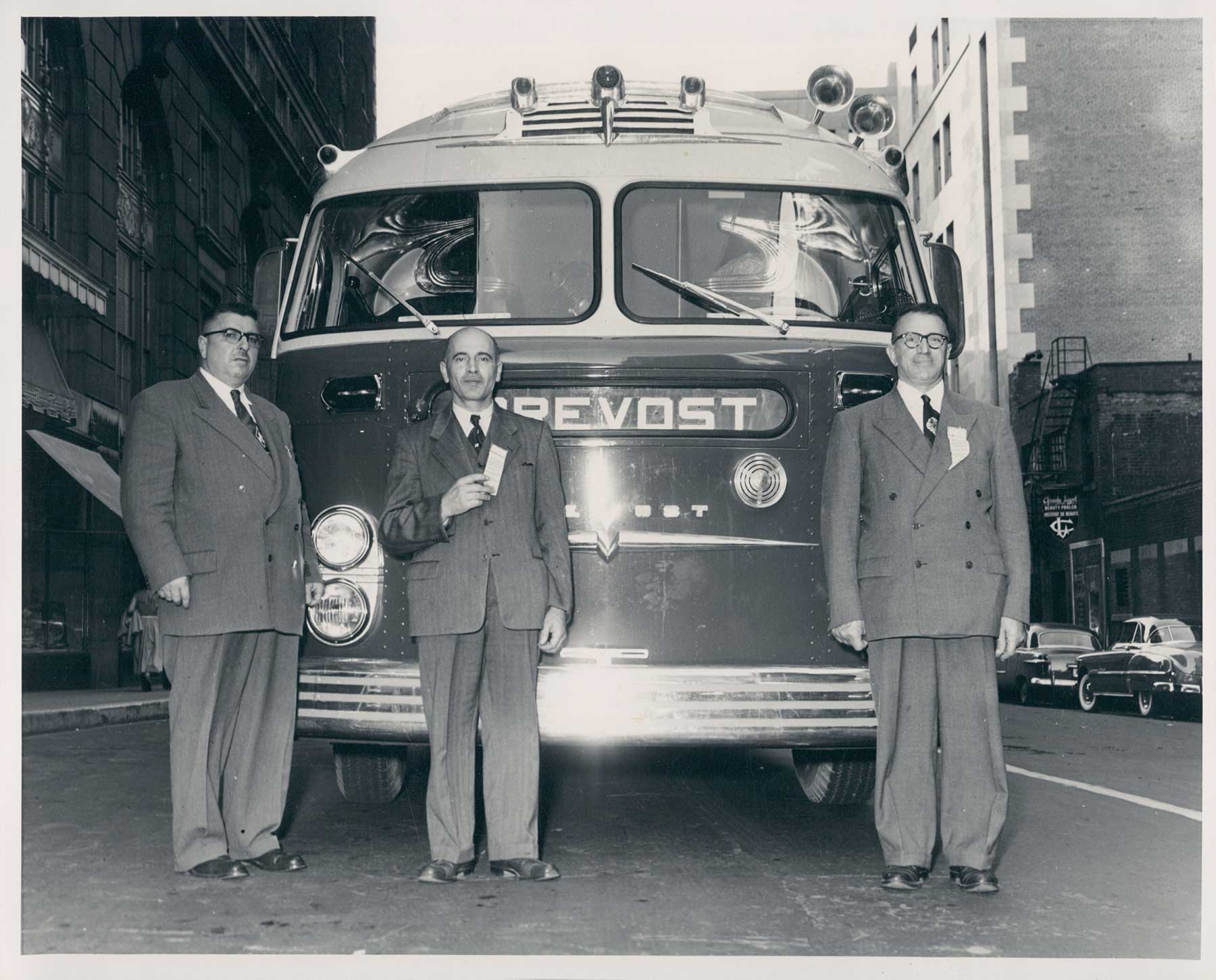 1951
1951Prevost received 100 orders for highway buses from the Canadian government, 66 of which were for the Department of National Defense. This established Prevost as a reliable, high-performance motorcoach manufacturer.
-
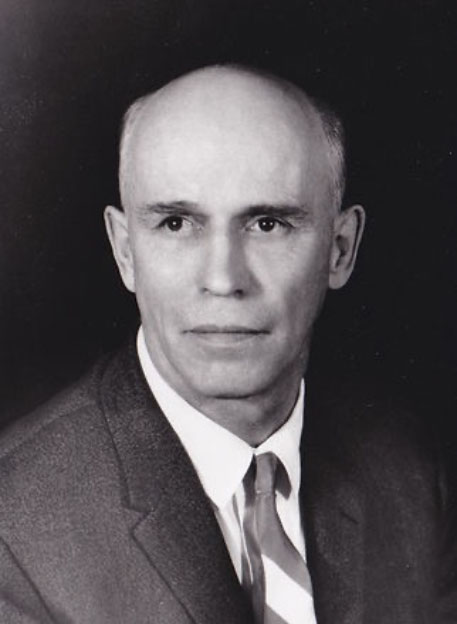 1957
1957Industrialist Paul Normand acquired the company and renamed it Prevost Car Inc. Its mission was to design and build intercity motorcoaches offering optimal comfort and reliability.
-
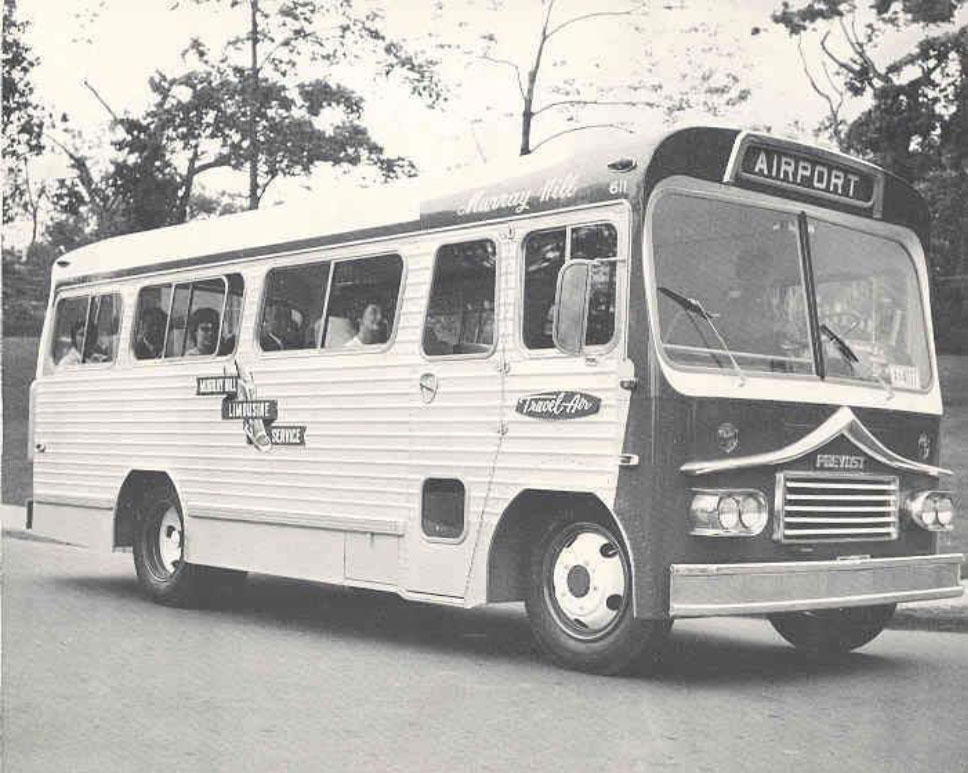 1961
1961The Travelair was a small, 25-foot, gas- or diesel-powered passenger coach used on airport shuttle runs and short intercity routes.
-
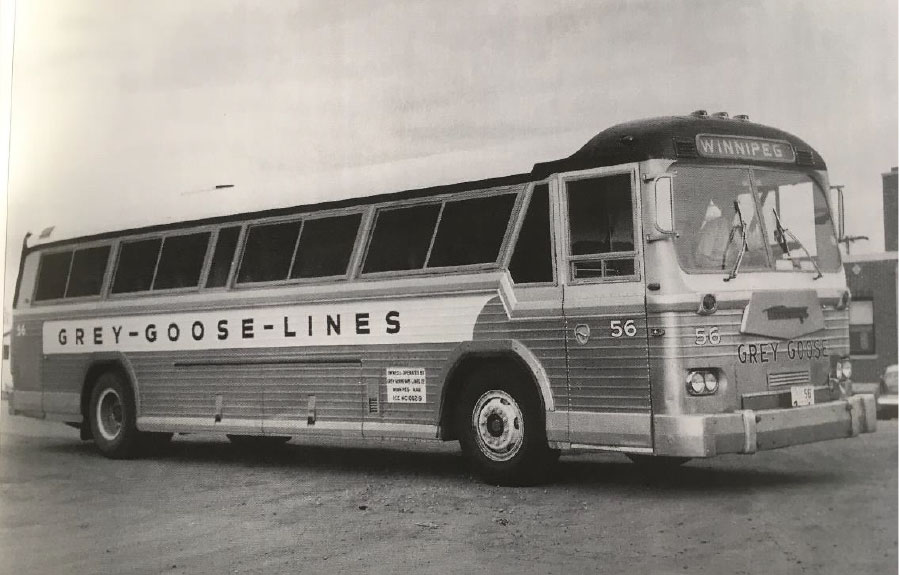 1961
1961The 40 foot Panoramique intercity parlor coach with broad side windows and Prevost's improved air-ride
-
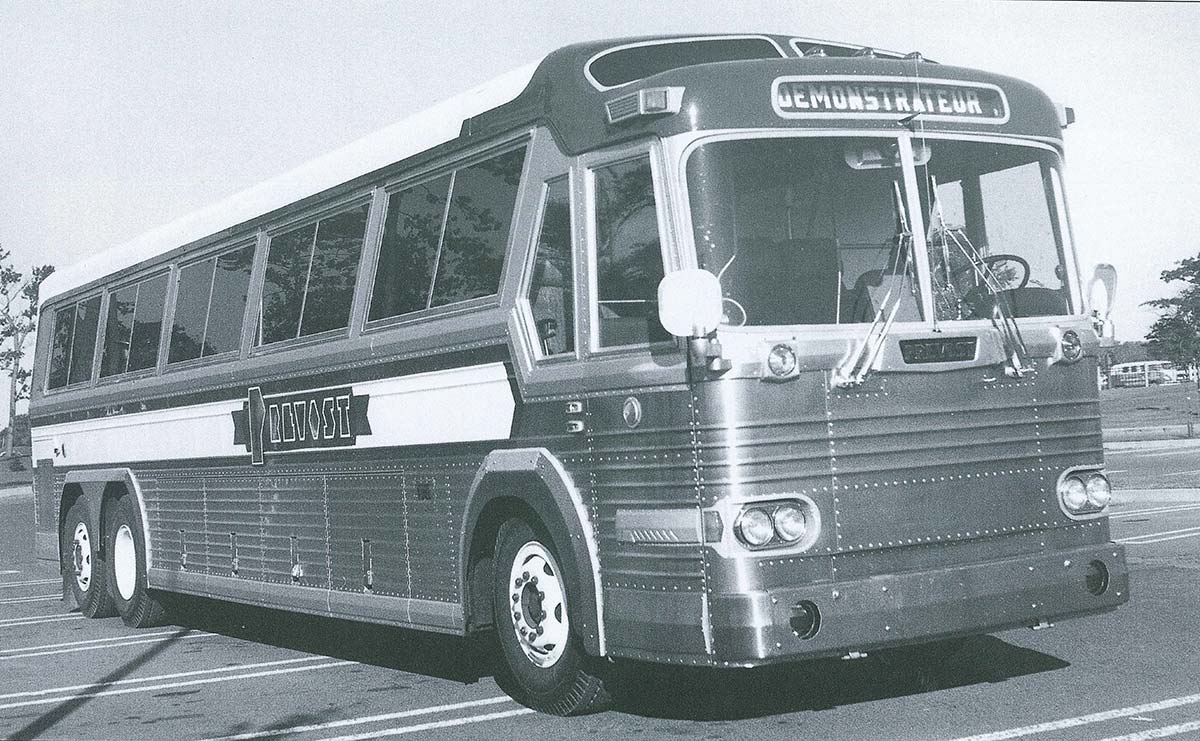 1967
1967The revolutionary 1966 Prevost Champion was the first North American coach with an integral structure. This innovative coach also featured three axles, a split level, and air conditioning.
-
1967
Prevost's first American dealership was opened in New Jersey, quickly followed by a second in Los Angeles. A third dealership was set up in Vancouver, Canada.
-
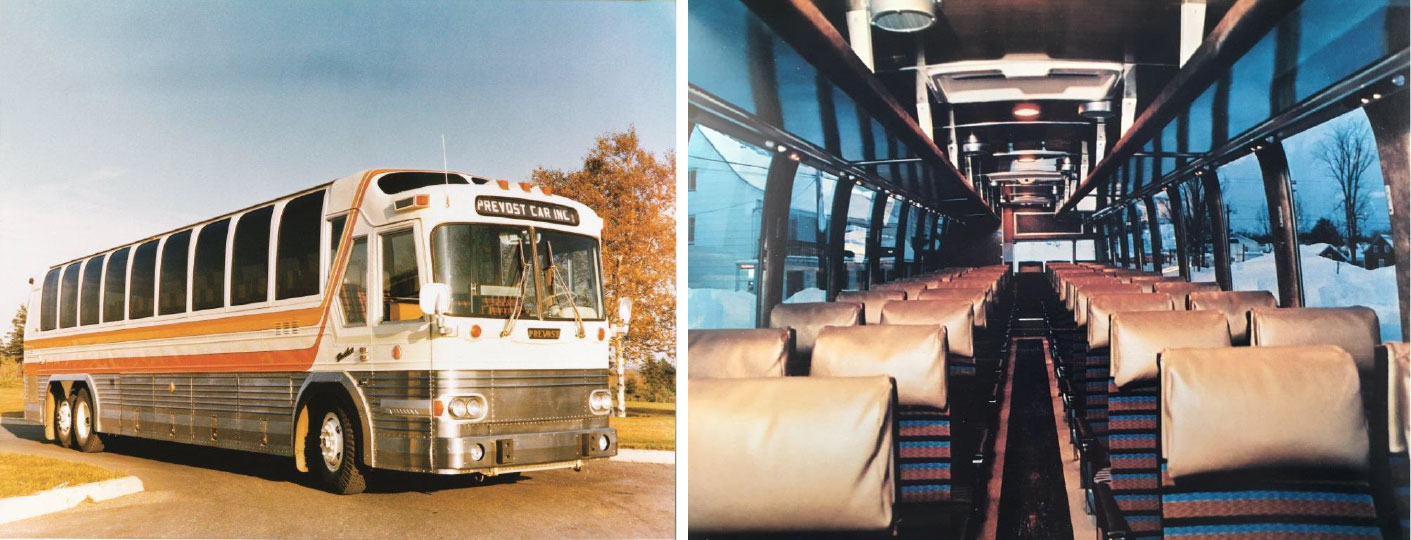 1968
1968Prevost Introduced the Champion Model in 1968 with round windows of 42” high; it became the model Le Prestige in 1973 and was produced up to 1981.
-
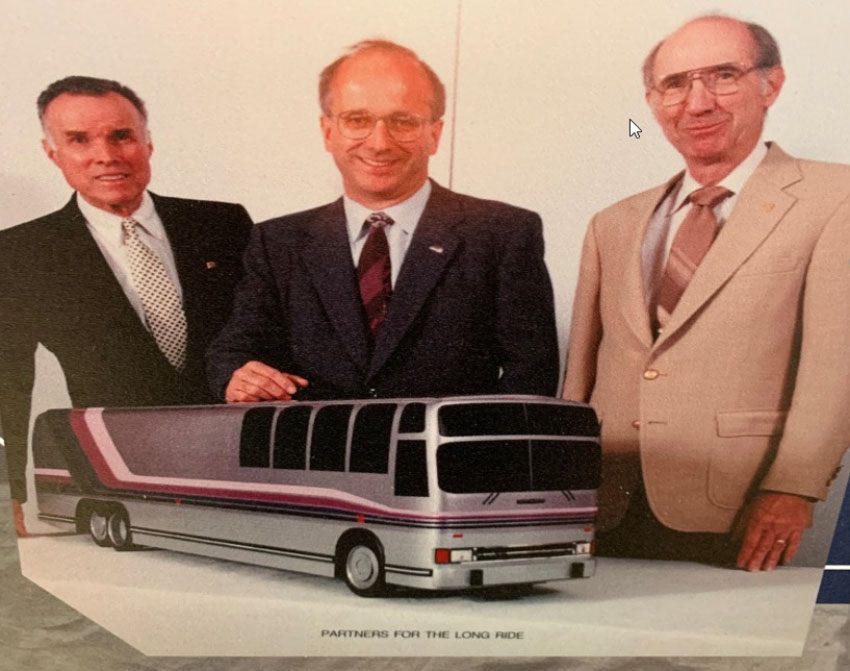 1969
1969Two American businessmen, Thomas B. Harbison and William G. Campbell, formed a partnership with André Normand, President of Prevost Car Inc., from 1968 to 1996, and became the company's sole owners.
From left to right Thomas B. Harbison; André Normand and William G. Campbell
-
1970
The first Champion conversion shell rolled off the assembly line.
-
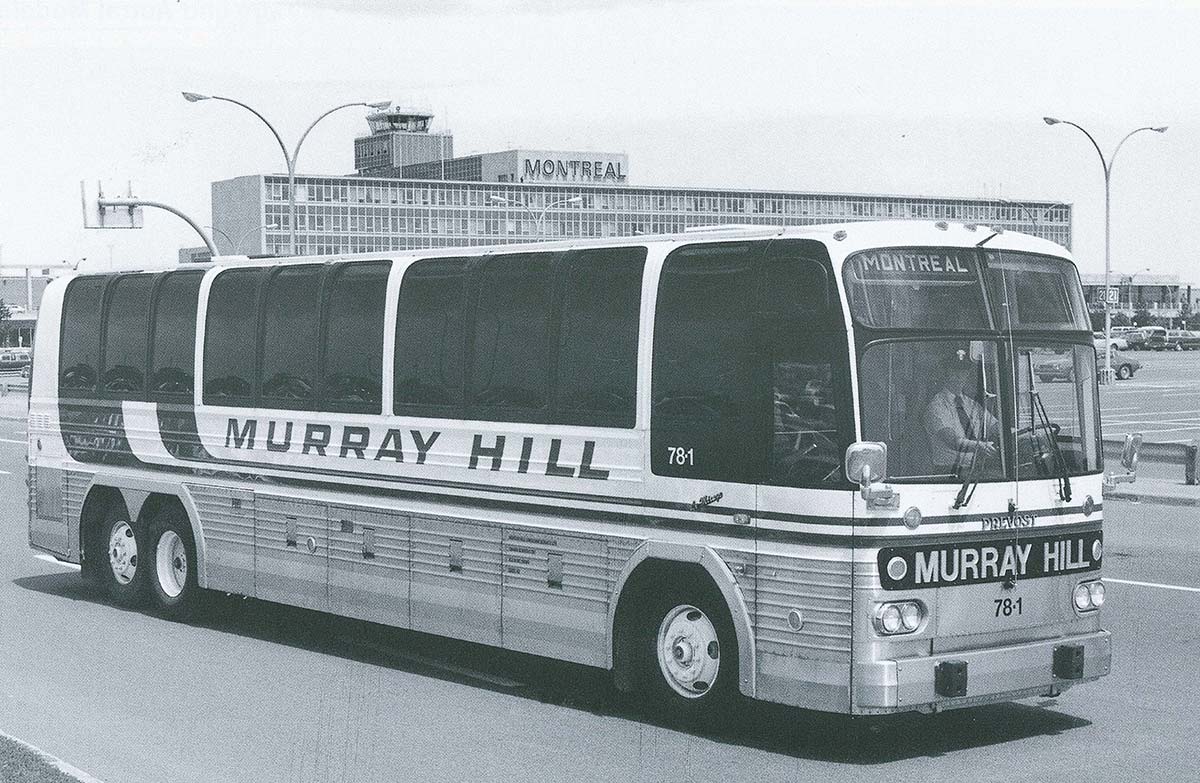 1977
1977Prevost unveiled its hallmark Le Mirage, an eye-catching, futuristic passenger coach featuring roof-wrapping side windows, a rust-protected integrated frame, fluted all stainless-steel skirting, and much less riveting than other coaches of the time.
-
1978
As longtime motorhome owners, Thomas Harbison and William Campbell contributed to the engineering of the first Le Mirage conversion shell, which was introduced at the 1978 Family Motor Coach Association (FMCA) meeting. Prevost set new standards in reliability and versatility for high-end custom furbishing. Less than five years later, Prevost had achieved industry leadership. To this day the company remains the undisputed world leader in the manufacture of bus shells for high-end motorhomes and other specialty conversions.
-
1980
A plant expansion was necessary to keep up with demand and establish the industry's leading in-house R&D team.
-
1984
The outcome was well worth the effort: The first North American 102-inch, wide-body coaches and conversion shells were introduced—the Prevost Le Mirage XL and the Prevost XL.
-
1985
The company expanded two more times, and Prevost brought revolutionary changes to the bus industry with the introduction of the articulated Prevost H5-60, the first in its H-Series, at the American Bus Association's annual meeting in Las Vegas. Prevost literally stole the show with its new-generation coach design that redefined existing standards for reliability, durability, and passenger comfort.
-
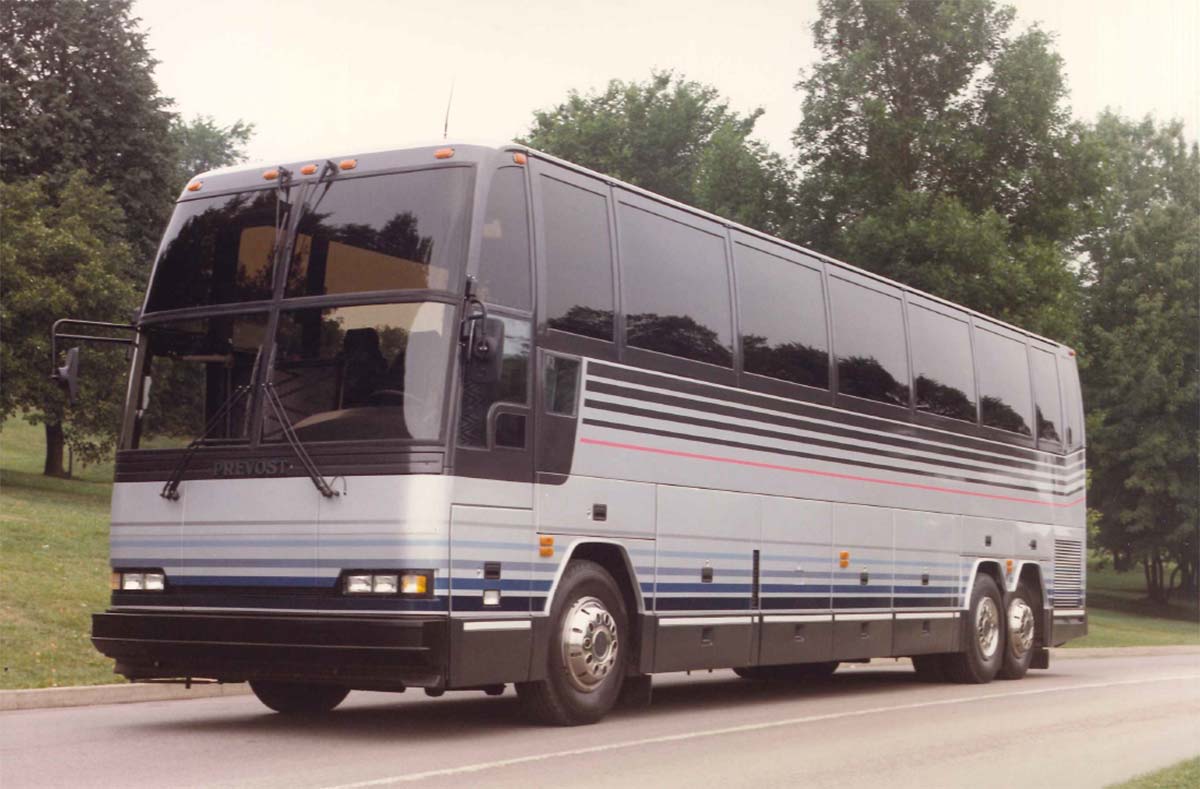 1989
1989The technical advances achieved by Prevost engineers with the development of this next-generation coach led to subsequent launches of a new line of premium touring coaches: the H3-40, H3-41, and H3-45. The H3-40 touring coach and H3-40 bus shells for high-end conversion were both introduced that same year.
-
1992
Prevost introduced a long wheelbase 45-footer, the XL-45 Entertainer, engineered for traveling entertainers. It outsold all other competitive models.
-
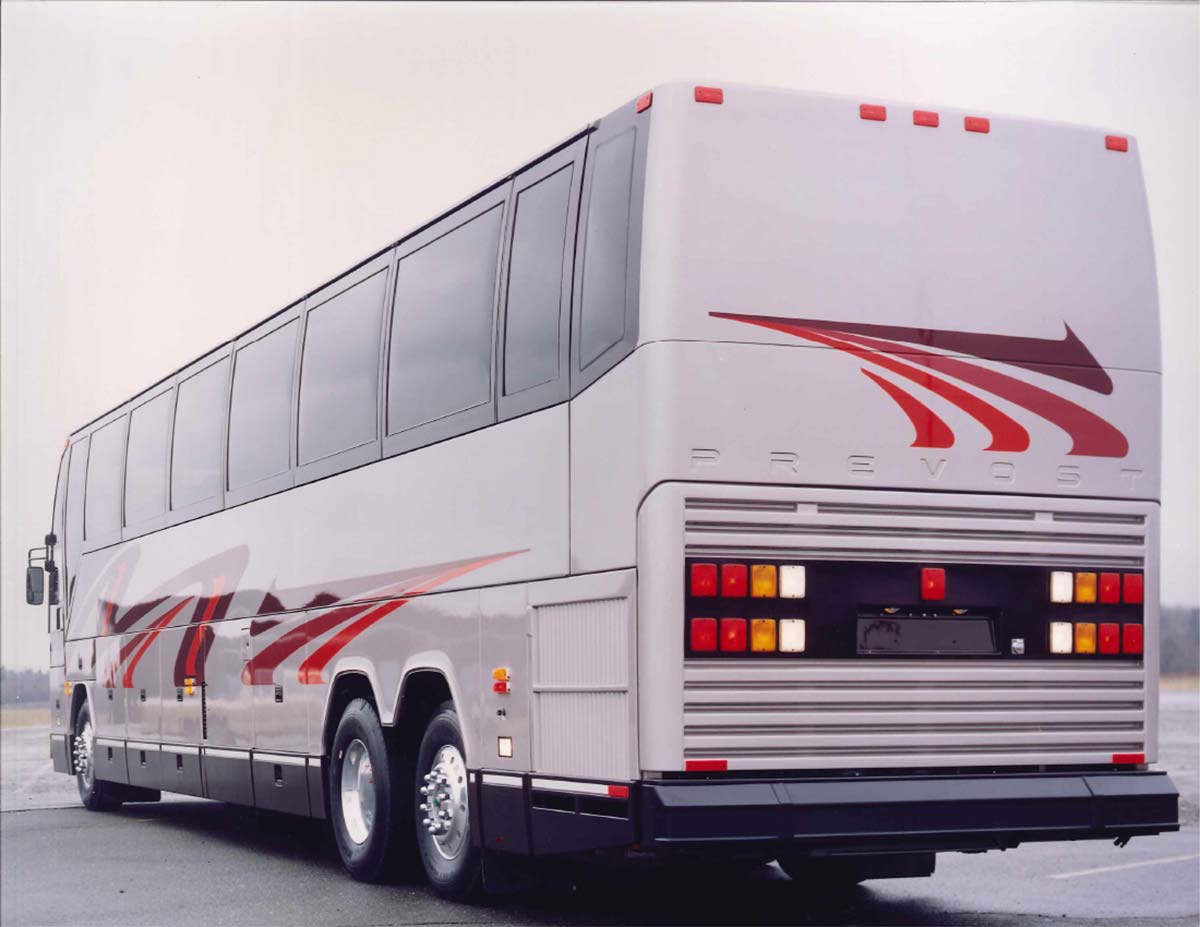 1993
1993Prevost launched 3 new models: H3-41 and H3-45 premium touring coaches as well as the H3-45 VIP bus shell for high-end conversion.
-
1995
Prevost Car Inc. was acquired by Volvo Bus Corporation and Henlys Group plc.
-
1995
Prevost introduced the Le Mirage XL-45 premium touring coach.
-
1997
Prevost was the first North American bus manufacturer to earn the ISO 9001 certification covering manufacturing and design operations.
-
1997
Prevost introduced frameless windows for remarkable panoramic viewing – a revolutionary development for tour and charter passengers.
-
1998
The company's concern for the environment led to its ISO 14001 certification for environmental management systems related to manufacturing and design operations.
-
2000
Production of the new Le Mirage XLII model started in January.
-
2002
A facelift for the Prevost H-Series models broke new ground at the UMA Motorcoach Expo held in Indianapolis.
-
2004
A facelift for the Prevost XLII models.
Volvo Bus Corporation became the sole owner of Prevost Car Inc.
Prevost introduced xenon headlights, which offer twice the luminosity of conventional headlights and last six times longer.
Prevost introduced an exclusive, interchangeable wheelchair lift. It now takes less than 15 minutes for any compatible lift-ready Prevost to be ADA compliant.
-
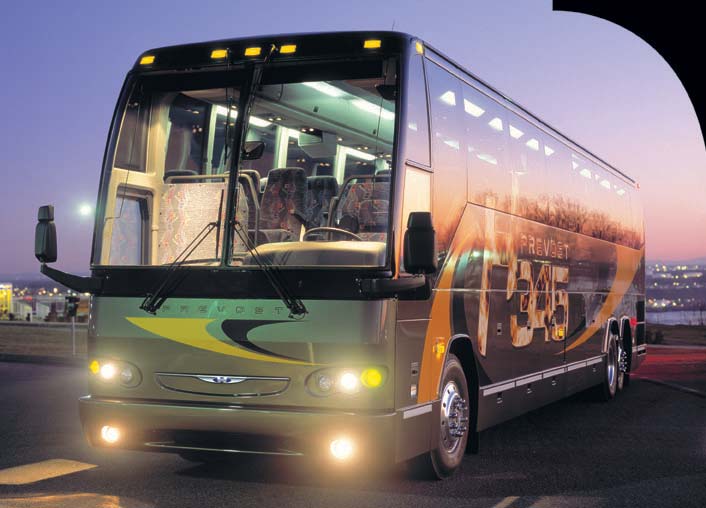 2005
2005Prevost set the electrical multiplex system standard with its space-saving multiplex technology that provides outstanding reliability and performance. It is considered a second generation multiplex system.
-
2006
Prevost launched the new X3-45 with the longest wheelbase of the industry, providing a smoother ride and the largest overall under-floor surface area for storage.
-
2009
Prevost launched the Volvo 9700. Volvo’s commitment to efficiency and productivity complements Prevost’s commitment to quality and innovation, and the 9700 finds its place alongside the H3-45 and X3-45.
Facelift for H series shows clean, sleek lines - introduced at the UMA Motorcoach Expo held in Orlando, Florida.
-
2011
Prevost Aware helps drivers with automatic cruise braking
-
2013
Prime energy management system using AGM batteries to optimize electrical systems demand
-
2017
Prevost was the first to offer an electric fan drive system as part of their electrification plan
-
2019
Updated X3-45 was introduced with new look and improved aerodynamics
Surround Cameras offer drivers views of all exterior angles of the coach
Driver Assist program helps drivers with ACB, Lane departure warning and incorporated a heads up display
-
2020
Rental/Lease programs to meet operators' short-term and longer-term contracted needs
Envirocare option introduced to help operators keep air and surfaces in coaches sanitized from bacteria and contaminants
-
2021
eMirrors available in US and Canada improving sight of drivers even in low light conditions
Cloud One exclusive Prevost seating for improving passenger comfort and ergonomics
-
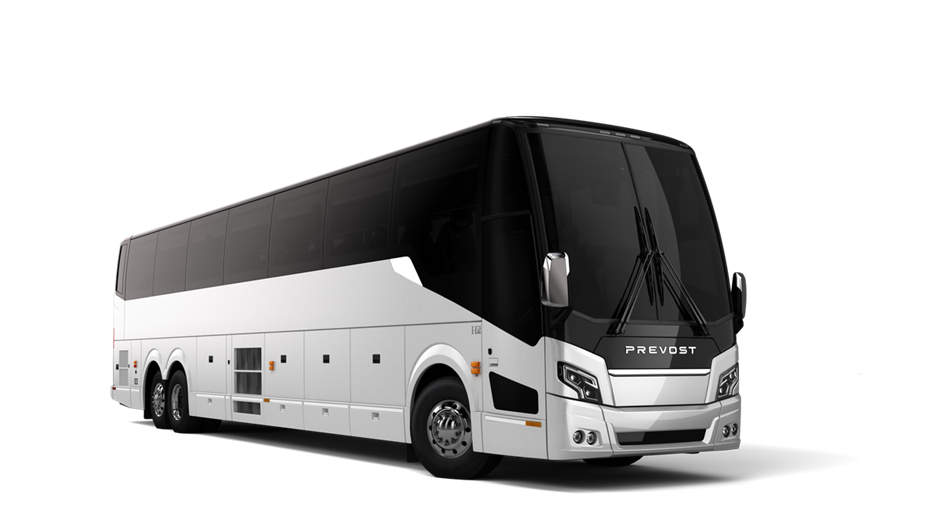 2023
2023Prevost introduced its all-new, next-generation H3-45 during the 2023 UMA EXPO in Orlando, Florida





